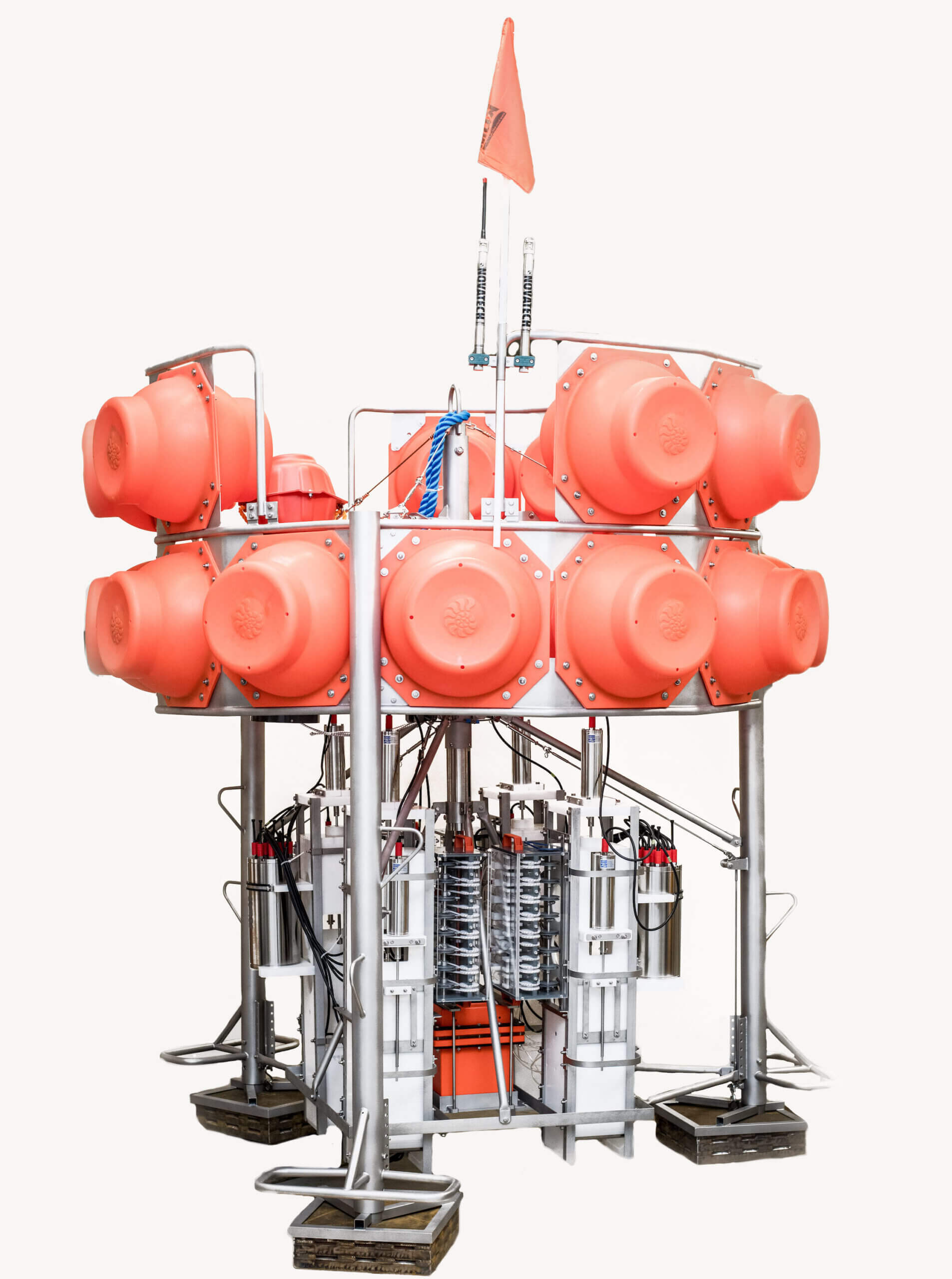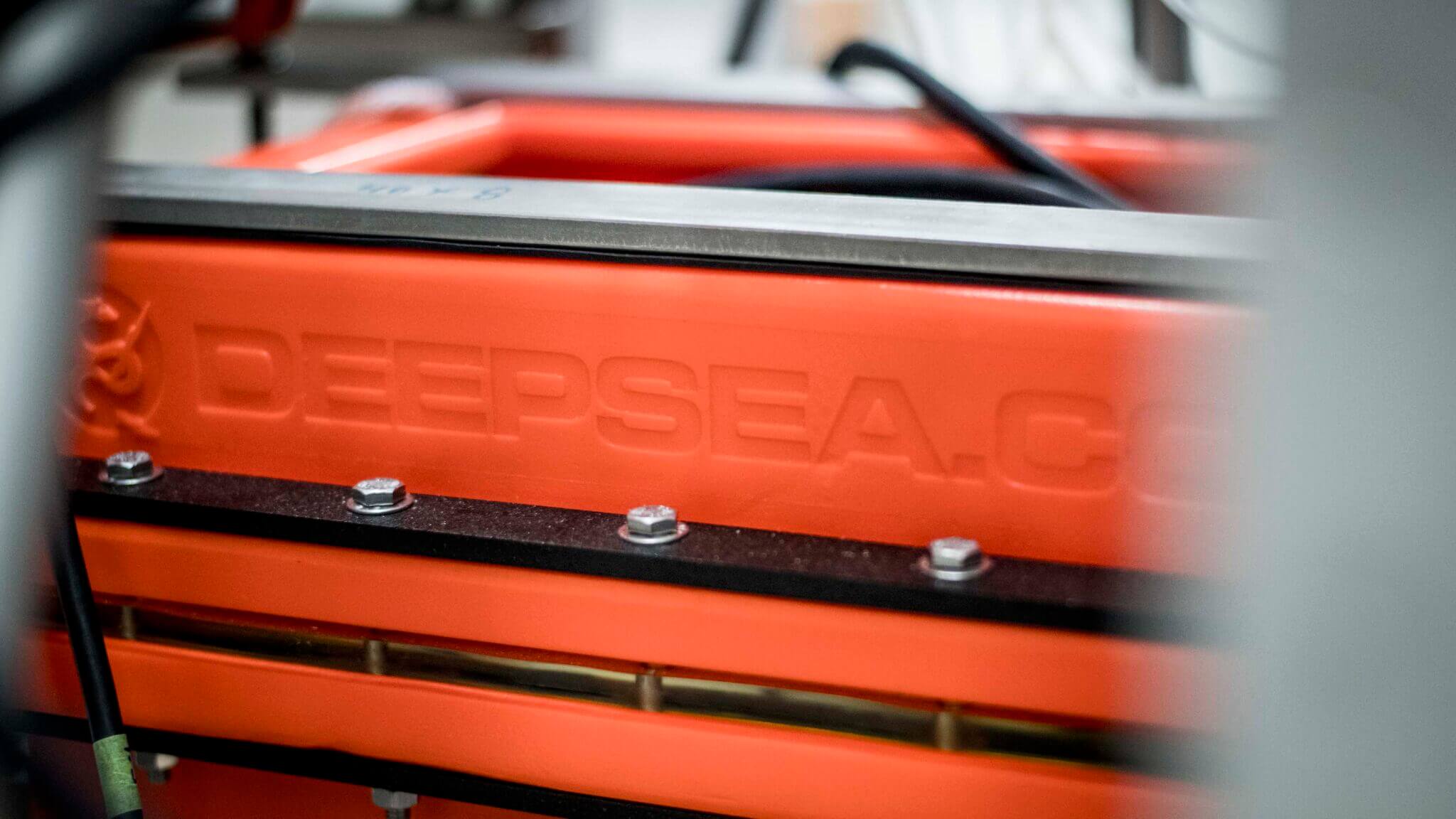Obtaining data directly from the seabed can be of high value but can be a complex operation. Many different instruments are available to conduct seabed investigations, but the transportation of this equipment to and from the seabed poses many challenges. These include limited carrying ability, storage issues, limited power supply and inaccurate deployment.
To address those challenges, K.U.M. developed the Lander, a carrier that has been designed to cater for all subsea instrument transportation and deployment needs.
Attached to the Lander, instruments can be carefully lowered to the seabed aided by a video-controlled launcher. Once in the desired location, the Lander can be left autonomously until the research is concluded. At this point, an acoustic signal or time release alerts steel weights to drop and the Lander rises to the surface for recovery.
The Lander is equipped to carry multiple instruments simultaneously. The basic frame is comprised of an open tripod with weights, float units, radio beacon and strobe lights.
With its lightweight, corrosion and pressure-resistant titanium build, the Lander is effective to an operational depth of up to 6,000m. In addition, the Lander can be designed to customer requirements to achieve the best execution for specific operations.

